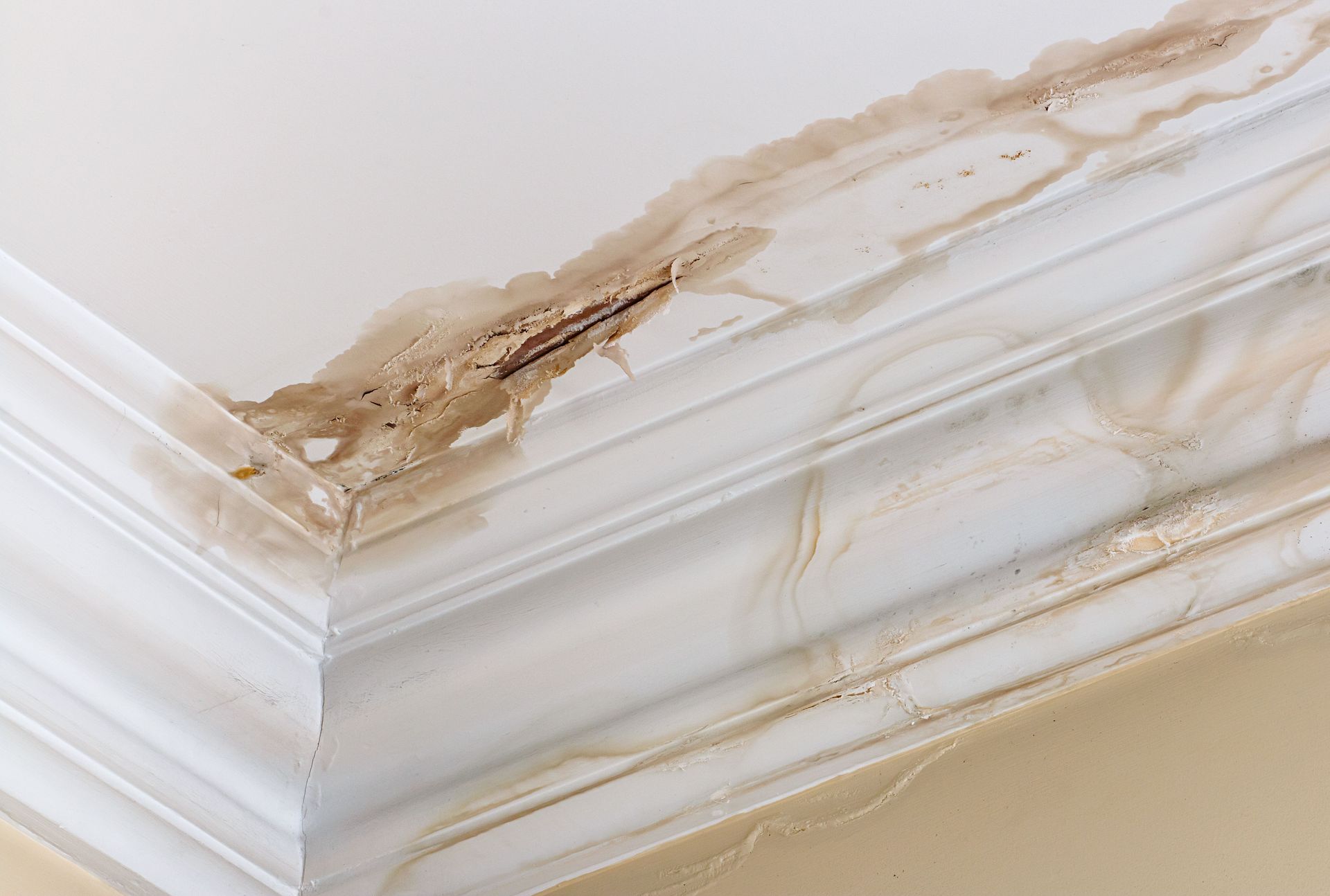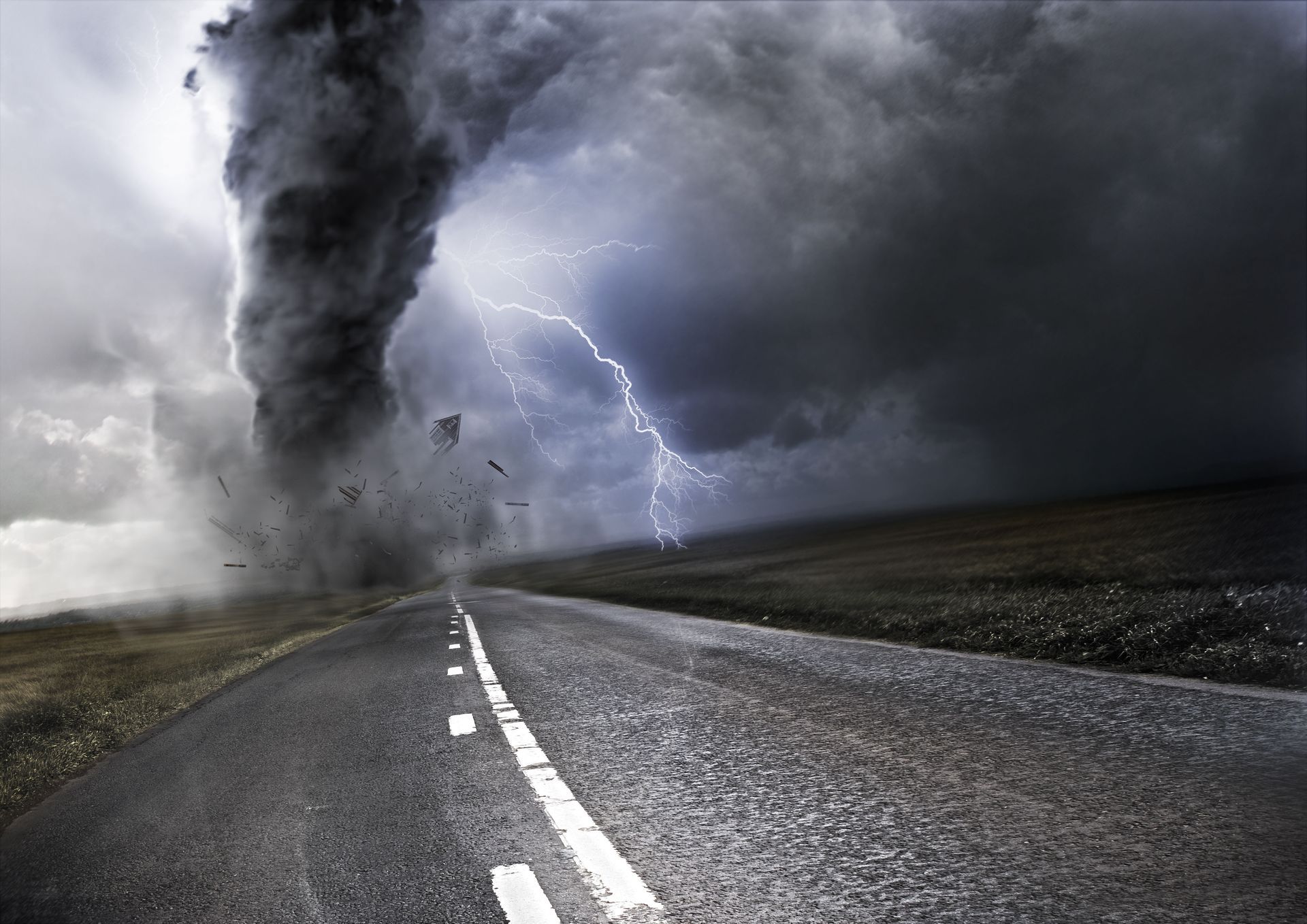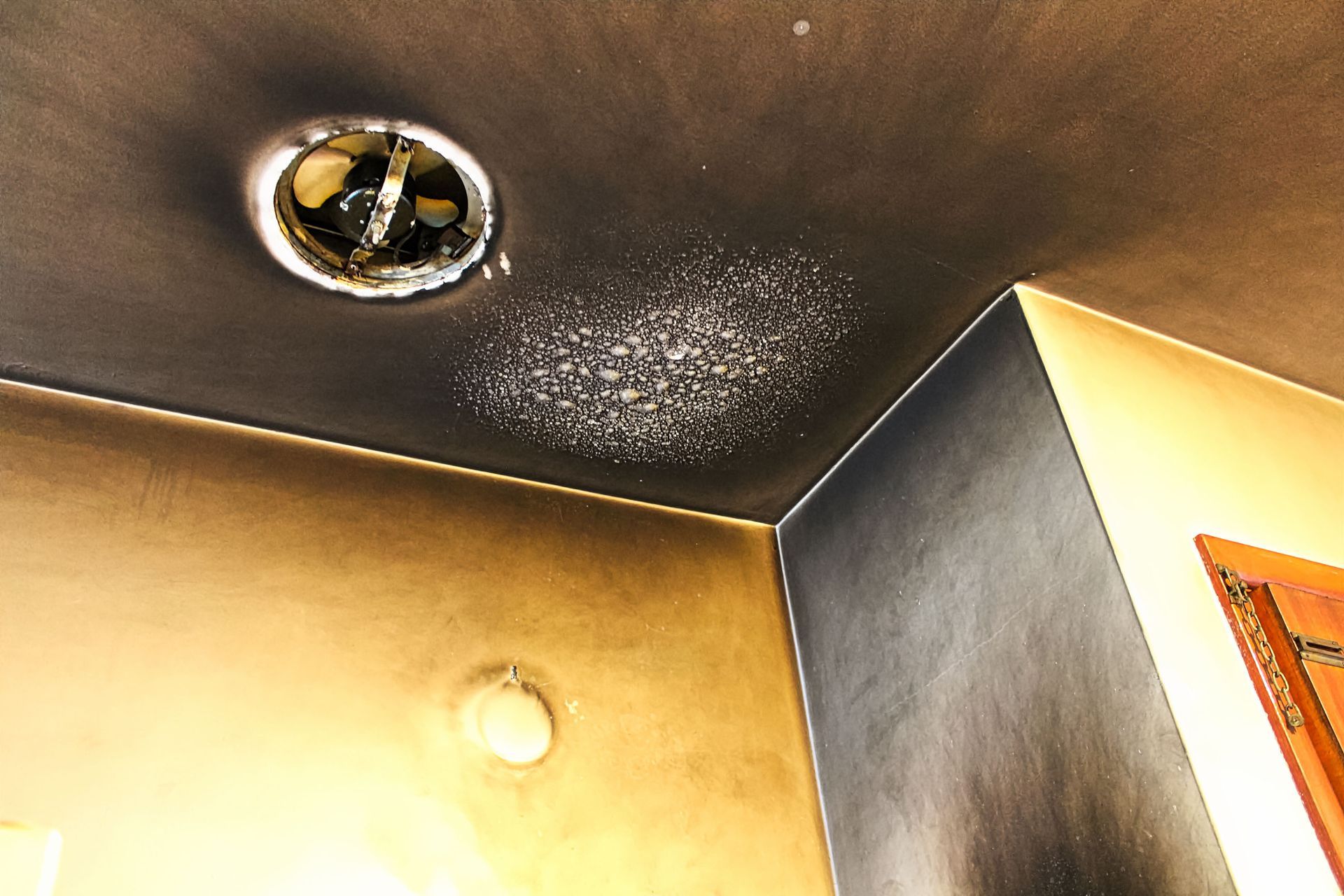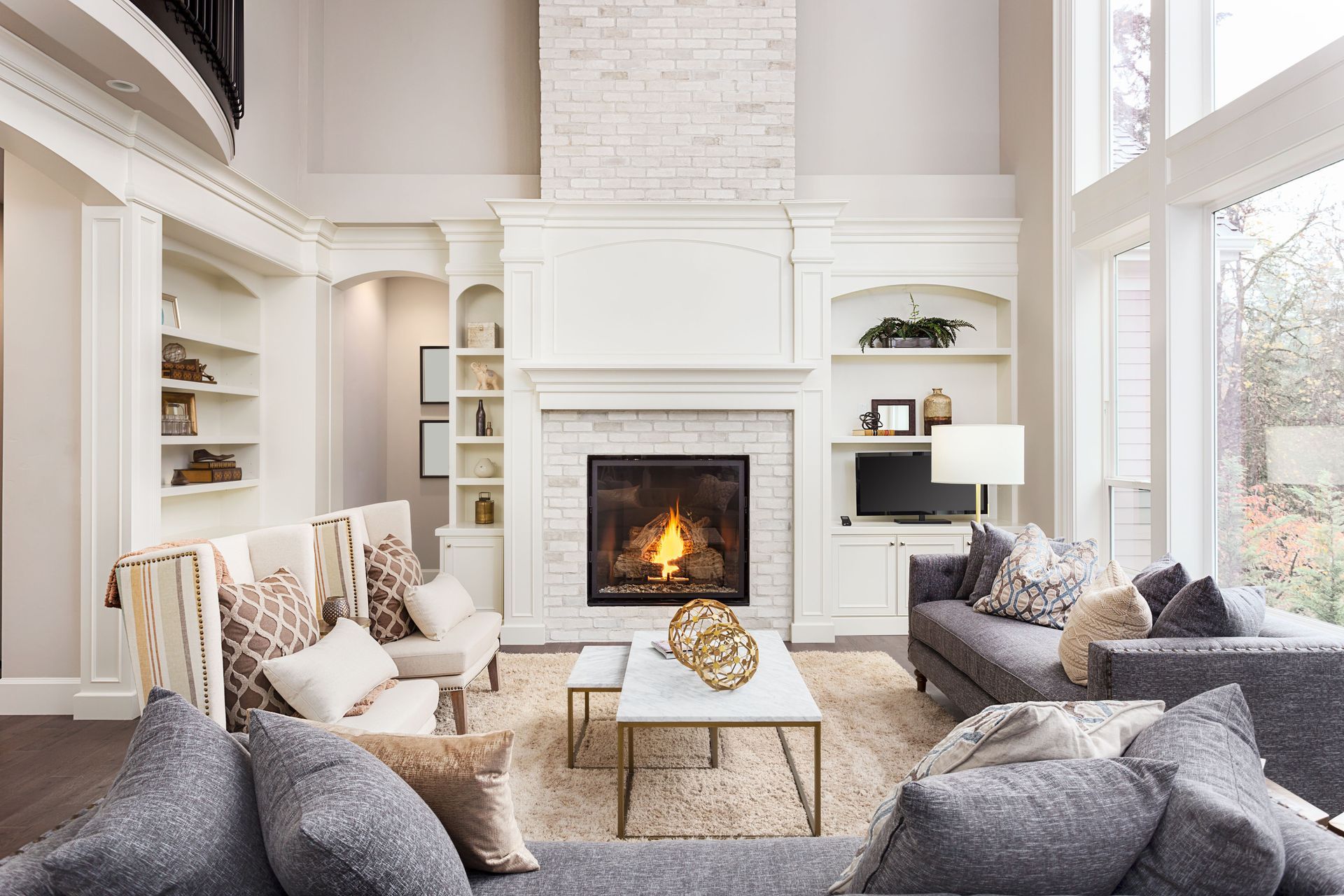August 7, 2025
If your home was damaged by water, you’ll first be contacting your insurance company to open your claim. Then, you’ll need the help of a restoration company to clean up any damage and get your home back to normal. Once the damage is gone, it’s time to decide who covers the charges: you or your insurance company?
Water damage is one of the more common forms of damage to your home. It can happen because of:
- Overflowing sinks or toilets
- Leaky, frozen, or burst pipes
- Heavy rains or snow
- Broken water softener or water heater
- Leaking HVAC system
- Rivers, lakes, or other bodies of water overflowing
- Sump pump failure
- Sewage backup
Are all these causes covered by your policy? Under the most basic policy, your home may be covered for:
- Burst or frozen pipes
- Water damage from extinguishing a fire
- Broken appliances
- Heavy rain or snow
- Sump pump failure
- Sewage backup
- Damage from vehicles
Most policies don’t cover flood damage, which can only be insured by a specific flood insurance policy. If your home is located near a river, chances are damage caused by that river won’t be covered. You’ll need a flood insurance policy to cover that.
Am I Required to Get Homeowners AND Flood Insurance?
It depends. If you are living on a floodplain in Minnesota, you are required to get flood insurance. If you aren’t on a floodplain, you can choose to get it separately, but it’s completely up to you. Flood insurance is a great investment, especially during seasons that are especially flood-prone.
What Does My Policy Cover Outside of Water Damage?
What is actually covered depends on the policy. It’s important to contact your insurance company to find out what’s actually covered under your plan. As a general rule, the most common policies usually accept claims for:
- House fires and smoke
- Hail or windstorms
- Unpreventable damage from broken appliances
- Vandalism
- Theft
- Fallen trees
- Living costs when a covered disaster forces you to live outside your home
Insurance often doesn’t cover mold damage, but mold cleanup and mediation may be covered if the cause was covered. For example, if mold grows because of water damage that you couldn’t prevent, the mold removal may be covered. You can learn more about what homeowners insurance covers outside of water damage.
What If I’m Renting?
If you’re renting a home or apartment, the insurance policy by the landlord usually only covers the building structure itself. If you want to replace the items in your home after a disaster, then investing in renter’s insurance is a good idea.
Working With Insurance and a Restoration Company
Hiring someone else to take care of the damage all while getting compensated from your insurance company can be a complex process. One of the best ways to get the most out of your policy is to choose a restoration company that actually works with your insurance company. Some things to note about hiring someone else to take care of the damage are:
- You have to open the claim. This means you’ll contact your insurance company first, but the restoration company should be able to help the rest of the way.
- You’ll want to know what your deductible is. The deductible is the amount of money you have to pay before your policy kicks in. Knowing how much this is can help you expect how much you’ll have to pay out of pocket.
- Take pictures and document the damage. The more evidence you have of your belongings before the damage and after the damage can help you make your case to the claim adjuster.
- A good restoration company should be open about the entire process. Some restoration companies might ask you to take care of the insurance process. A good one will do everything they can to make sure you know where your money is going.
Final Verdict: Insurance Does Cover Water Damage
Water damage is often covered under your homeowner’s insurance policy. However, there are still many exceptions to be aware of.
Want to learn more about navigating the insurance process after a disaster? Download our free guide! It outlines what you can expect will be covered, how to understand your policy, and what to expect when working with a restoration company to restore any damage. The best part? It’s completely free! Just click the button below.




